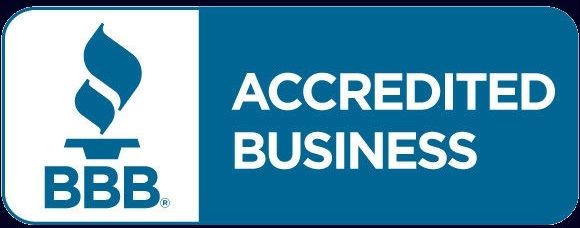Navigating Investment Vehicles: A Guide to Your Options
Abby Jordan | Aug 26 2025 15:00
Investing can feel overwhelming, especially with the multitude of options available. It's important to remember that each investor has unique needs and preferences when it comes to balancing risk, reward, and flexibility. Education is one of the most empowering tools in financial planning. This blog aims to provide a clear overview of common investment vehicles to help you feel more confident in your choices.
Bonds
Bonds are debt instruments that allow you to lend money to corporations or governments in return for interest payments. They are generally less risky than stocks and provide regular income, making them a potential stabilizer for an investment portfolio. However, bonds tend to offer lower returns, and there is always a risk of default by the issuer. Additionally, bond prices can fluctuate with interest rate changes.
Stocks
Buying stocks means purchasing partial ownership of a company, which may entitle you to a share of its profits. Stocks offer the potential for strong long-term growth and the ability to earn dividends. They are highly liquid, as they can be traded on public exchanges. However, stocks can be volatile, and you could suffer significant losses. Selecting individual stocks requires careful research and a tolerance for risk.
Mutual Funds
Mutual funds pool money from multiple investors to invest in a diversified array of stocks, bonds, or other securities, managed by professionals. This offers instant diversification and ease of access, even with relatively low initial investments. However, management fees and expense ratios can reduce returns, and investors have limited control over the fund's individual holdings, potentially affecting tax efficiency.
Exchange-Traded Funds (ETFs)
ETFs are similar to mutual funds but trade like stocks on exchanges, providing access to various markets or sectors. They often feature low fees, tax efficiency, and the flexibility to trade throughout the day. However, they can experience intraday price volatility, incur brokerage fees, and some may lack diversification.
Certificates of Deposit (CDs)
CDs involve depositing your money for a specified term with a bank in exchange for a guaranteed interest rate. They are low-risk and offer predictable returns, often backed by Federal Deposit Insurance Corporation insurance. However, they lack liquidity due to penalties for early withdrawal, provide lower returns compared to market-based investments, and require funds to be locked in for the term.
Real Estate and Collectibles
Investing in tangible assets such as rental properties, precious metals, or artwork can provide passive income and potential value appreciation. These investments can hedge against inflation but carry risks such as illiquidity, high entry and maintenance costs, and difficulty in valuation or sale.
Target-Date Funds
Target-date funds automatically adjust asset allocation over time based on a planned retirement date, gradually transitioning from growth to more conservative investments. They offer a convenient, hands-off approach with built-in diversification. However, they may not align perfectly with your goals or risk tolerance, and fee structures can vary. It remains important to monitor them for suitability.
Remember, investing isn't one-size-fits-all. Take time to reflect on your financial goals and risk appetite. Understanding these investment vehicles is a step toward making informed decisions. Consider taking one actionable step today, whether it's reviewing your portfolio, conducting more research, or consulting a financial advisor.

